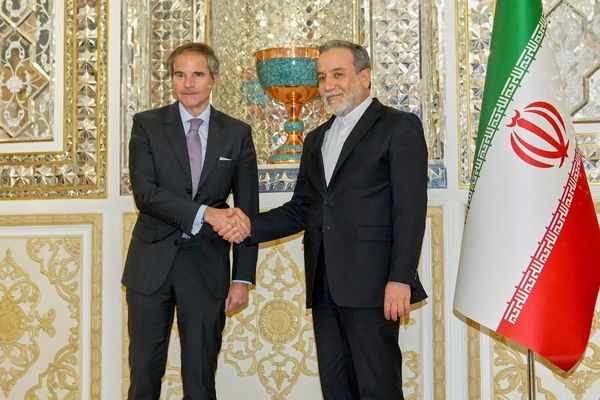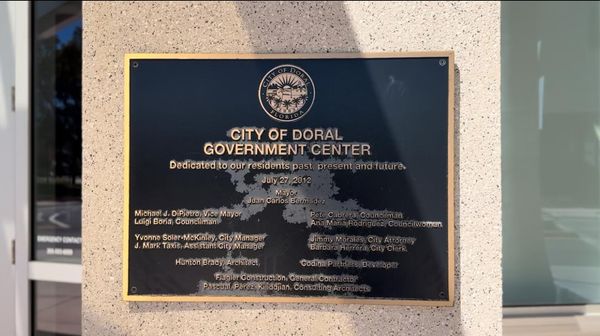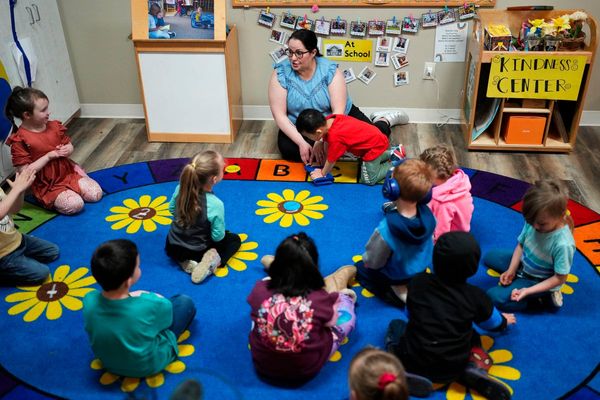
Medical technology trialled by Australian expeditioners in Antarctica will ensure astronauts receive better health monitoring, potentially for future trips to Mars.
The Australian Antarctic Division (AAD) has signed a five-year agreement with the US-based Translational Research Institute for Space Health (TRISH).
AAD chief medical officer Jeff Ayton said there were similarities in conditions and challenges faced by expeditioners and astronauts.
"(They) are examples of isolated, confined populations in extreme environments, doing hazardous work, dependent on technology for survival and with limited scope for evacuation." Dr Ayton said
"This makes Australia's Antarctic Program an excellent analogue for understanding the risks to humans in space and for testing and developing technologies and methodologies to reduce these risks."
Under the agreement, TRISH will fund research projects targeting expeditioner and astronaut health and wellbeing.
"The collaboration includes behavioural, physiological, epidemiological and immunological research and telemedicine and technology demonstrations," Dr Ayton said.
"The work will inform how to monitor, diagnose and optimise astronaut health as they experience the extended stress of isolation and confinement during space missions."
Since 2021, expeditioners have been wearing biosensors which allow remote monitoring of physiological markers including temperature, heart and respiration rate.
"We've been using these biosensors to assess for early signs of COVID-19 infection in expeditioners deploying to Antarctica," Dr Ayton said.
"The biosensors will be used on the Polaris Dawn space mission in the coming months."
Antarctic doctors are also trialling ultrasound technology and protocols allowing people with no medical experience to generate clinic images at 'base camp'.
TRISH executive director Dorit Donoviel said findings from the collaboration would lead to new health and performance diagnostics.
They could be used for future NASA trips to the moon and Mars and on upcoming commercial space flights, Dr Donoviel said.
Dr Ayton said the collaboration could also improve healthcare and monitoring in regional and remote Australia.







